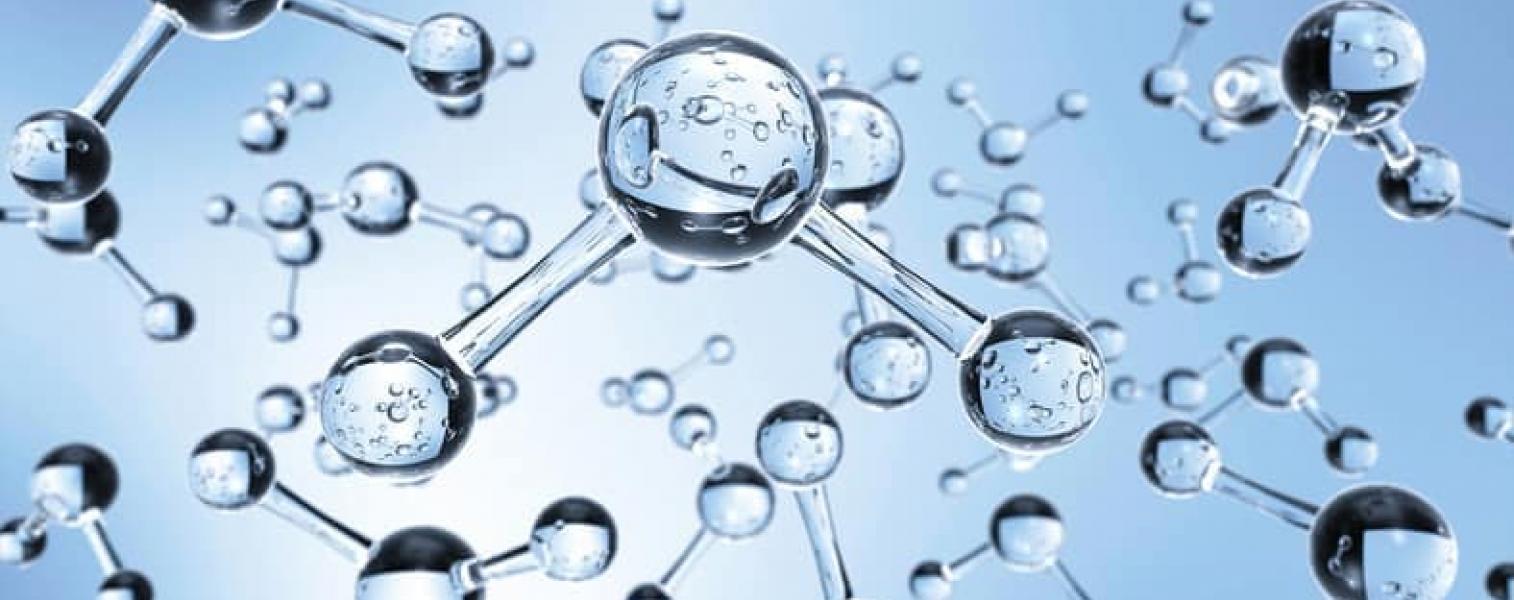Chemicals used in Wastewater Treatment
Wastewater treatment is a complex process that requires a variety of chemicals to modify the pH of the water and prevent the release of pollutants, such as heavy metals, volatile and semi-volatile organic compounds and pesticides into the surrounding environment. Chemical treatment of wastewater is used by industries, such as pharmaceutical, energy production, and paper production. Below we discuss the primary chemicals used in wastewater treatment, and their common applications.
Types of Wastewater Treatment Chemicals
To meet both governmental regulations and industry standards for chemical effluents and pollutants, numerous wastewater chemical solutions have been developed. Depending on the application, one or more chemical treatments may be necessary to produce up-to-code wastewater.
Coagulants
Coagulants are aluminum or iron-based chemicals that change the magnetic charge of particles in the water, causing them to attract instead of repel each other. The waste coalesces into larger bodies that can be skimmed or filtered out. Materials often removed from wastewater with coagulants include arsenic, pathogens, organic matter, fluoride, and chemical phosphorus.
Odor Control
Although odor control is a secondary consideration when compared with the detection and removal of highly toxic chemicals, a range of effective methods are available to reduce unwanted smells and effusions, including biofiltration, solids scavenging, oxidation, iron salts, carbon absorption, and liquid phase technology.
The most toxic contaminants of industrial waste often smell innocuous; however, these dangerous contaminants require chemical treatment even before biological water treatment can be considered. Hexavalent chromium, for example, can leach into groundwater undetected, ultimately causing birth defects, cancer, and other chronic and terminal illnesses. The notion of highly toxic wastes that are colorless, odorless, and otherwise invisible was brought to mainstream consciousness by the movie Erin Brockovich in the early 2000s, and industry standards have since been adjusted accordingly.
Flocculants
Flocculants are divided into three categories: natural, chemical, and grafted. Coupled with water agitation processes, flocculants encourage waste particles to adhere to one another in clumps, or flocs, through charge bridging, electrostatic patching, and magnetic neutralization.
Defoamers
Defoamers, as the name implies, are used to control and reduce the level of trapped air and foam created during wastewater treatment processes. This helps to decrease the potential for dangerous overflow.
Organic Polymers
Organic polymers are natural flocculants that use ionized polymer to attract particles into flocs for easier filtration. They are often used in conjunction with inorganic iron or aluminum-based coagulants.
Reducing Agents
Reducing agents, also known as oxidizing agents, include sodium bisulfite, sodium hydrosulfite, and ferrous sulfate. They are typically used to remove harmful substances, such as ozone, hydrogen peroxide, chlorine, and biological contaminants, from wastewater. Coupled with aeration, these chemicals bond to suspended compounds to reduce them to component parts that can settle out of the water and be flocculated and filtered.
Sludge Conditioners
Chemical sediment and waste biomass can be difficult to filter and may require additional conditioning through heat or chemical treatments to thicken the material, reduce the odor, and decrease the sludge volume. This process makes it easier for the sludge to be removed and safely disposed.
Cleaners and Degreasers
Cleaners and degreasers, such as clog busters and alkaline drain openers, are formulated to dissolve grease and oil. They use solvent chemicals to break down the grease to make it easier to remove.
Membrane Cleaners and Antiscalants
Membrane cleaners and antiscalants are injected into wastewater prior to treatment, to prevent dissolved mineral salts from coalescing on filtration membranes, thereby ensuring adequate fluid flow. Common membrane cleaners and antiscalants used in water treatment applications include:
- Chlorine Dioxide
- Muriatic Acid
- Soda Ash
- Algicide
- Chlorine
- Sodium Bicarbonate
Biocides and Bio-Dispersants
Biocides and bio-dispersants reduce microorganisms in wastewater, enhancing operational efficiency of wastewater treatment operations. Biocides include cleaners, scale removers, dispersants, penetrants, and disinfectants.
Heavy Metal Precipitants
Heavy metals in wastewater are often ionically bonded with chelating agents or other bonding chemicals that prevent them from becoming soluble. Heavy metal precipitants dissolve those bonds allowing dangerous heavy metals to precipitate out of the wastewater.
pH Control
pH control adds acidic or basic chemicals to the wastewater, thereby allowing hydroxide ions to bond with heavy metals and precipitate out of the solution. In addition, greater acidity will kill bacteria and organic compounds by breaking them down at a cellular level.
How Chemicals Improve Wastewater Treatment Efficiency
Chemical treatments improve wastewater efficiency through systematic methods such as oxidation/reduction, coagulation/flocculation, and precipitation. Oxidation/reduction reactions treat the water by breaking down harmful compounds, coagulation/flocculation adds chemicals that clump particles together for easier removal, and precipitation is the formation of insoluble compounds that “sweat” (precipitate) out of the wastewater. It’s important to understand these chemical methods' applicability, advantages, and limitations, and how to implement each at the right point in wastewater treatment for more efficient removal and implementation.
Sustainability in Wastewater Treatment Chemicals
Harmful chemicals used in wastewater treatment, such as chlorine and coagulants, have negative impacts on the environment and are not a sustainable practice for chemical wastewater solutions. By reducing chemical use we can take crucial steps toward sustainability and improve the overall wastewater treatment process.
Biological treatments rely on microorganisms that break down organic waste. Processes such as biofiltration or activated sludge reduce the need for chemicals and result in an eco-friendly wastewater treatment process that generates fewer harmful byproducts. Utilizing eco-friendly processes is overall better for the environment, humans, and animals that rely on the water treated by these developments.
Wastewater Chemical Solutions from MacDermid Envio
As an ISO 9001:2015 certified water treatment chemical manufacturer, MacDermid Envio offers a broad selection of proprietary chemicals to ensure your wastewater treatment operation runs smoothly. We are dedicated to meeting and exceeding governmental regulations and industry standards, and make it a point to stay abreast of industry developments and updated regulations.
To learn how our wastewater chemical solutions can enhance your operations, contact us today.
Written by a MacDermid Envio Solutions Subject Matter Expert
